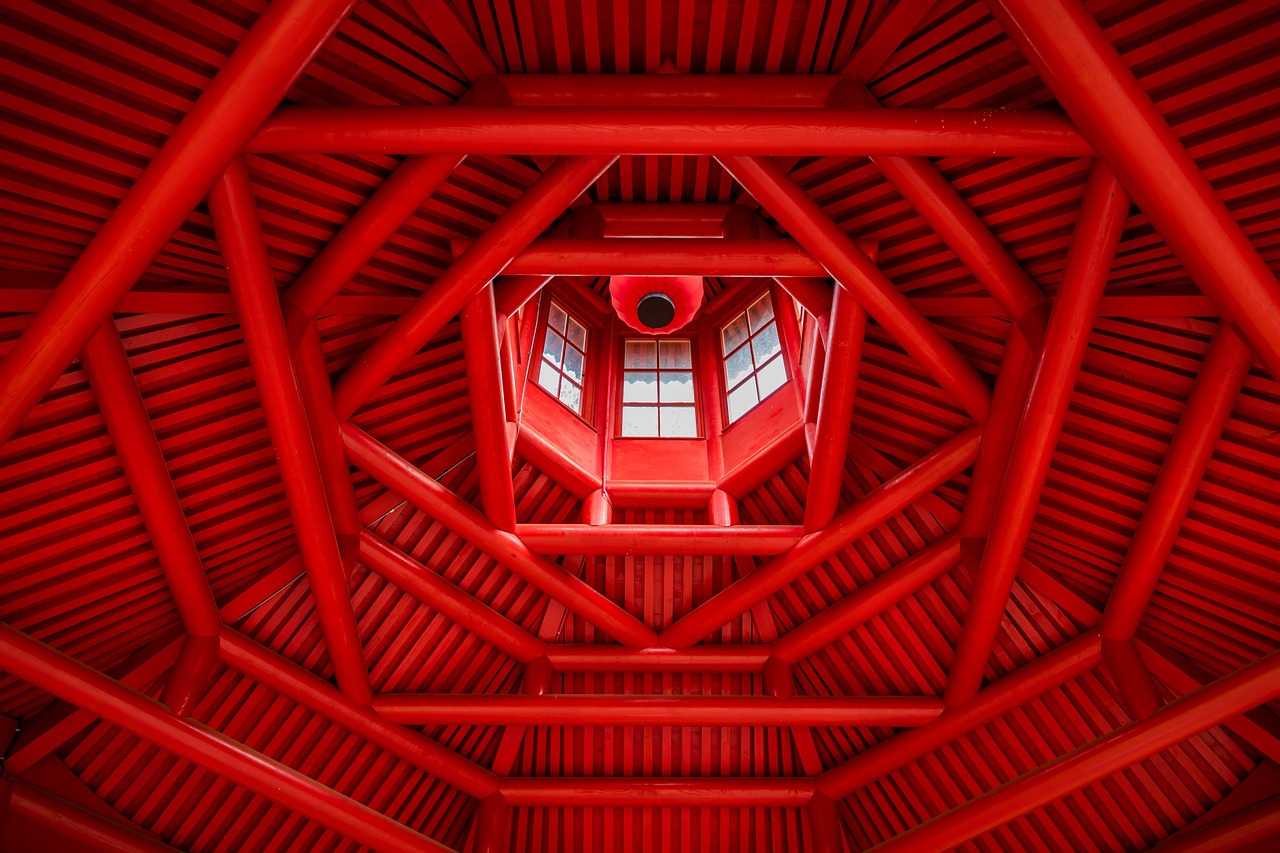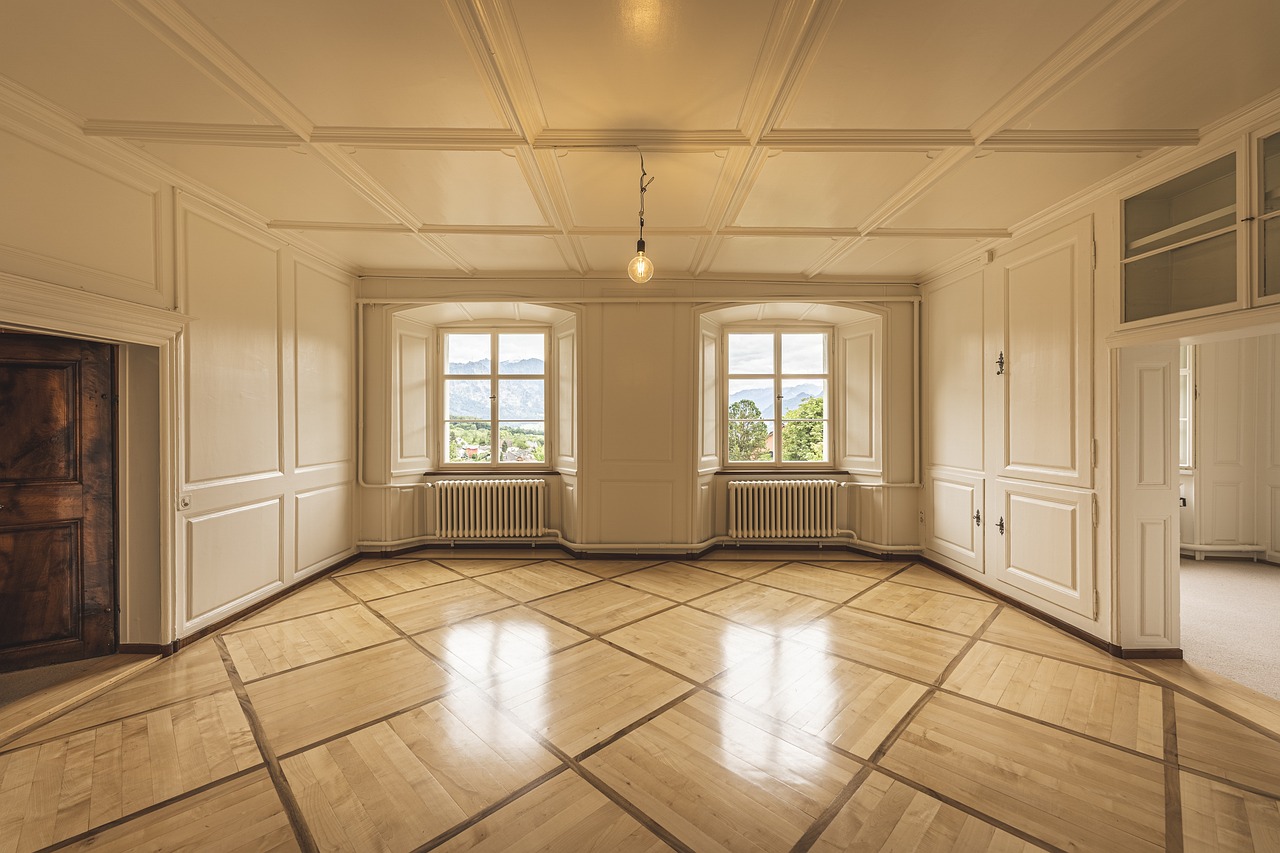Top 10 Tiny House Design Trends for 2024

Top 10 Tiny House Design Trends for 2024
As the tiny house movement continues to grow, 2024 brings exciting new design trends. This article will explore the top ten tiny house design trends that are set to shape the future of compact living. From sustainable materials to innovative layouts, you’ll learn what to expect in the world of tiny homes. Let’s delve into these trends that will not only enhance aesthetics but also improve functionality and sustainability.

Introduction to Tiny House Living in 2024
The tiny house movement has gained significant traction over the past decade as individuals seek to downsize and simplify their lives. In 2024, the popularity of tiny homes is expected to rise even further, driven by a desire for affordability, sustainability, and a minimalist lifestyle. Design trends play a vital role in this movement, influencing how people live and interact with their spaces.
Understanding the latest design trends helps future tiny homeowners make informed decisions that align with their values and lifestyle needs. Whether you’re considering a tiny house or simply interested in the design aspects, staying updated on these trends will inspire creative solutions for modern living.

With these trends emerging, tiny house living is set to evolve, making it more appealing than ever.
Sustainable Materials and Eco-Friendly Designs
In 2024, sustainability remains at the forefront of tiny house design. Homeowners are increasingly opting for eco-friendly materials, such as reclaimed wood, bamboo, and recycled metal, to minimize their environmental footprint. These materials not only reduce waste but also add unique character to tiny homes.

Moreover, incorporating green technologies, such as solar panels, rainwater collection systems, and energy-efficient appliances, is becoming standard practice in tiny house designs. This shift towards sustainability not only supports the environment but also significantly reduces utility bills for homeowners.
These sustainable elements contribute to creating a smaller ecological footprint, aligning with the values of many tiny house enthusiasts.
Multi-Functional Spaces
As space is limited in tiny homes, innovative furniture solutions are essential. The trend towards multi-functional spaces continues to grow in 2024, with furniture that serves multiple purposes, such as sofa beds, foldable tables, and storage ottomans. This versatility allows homeowners to maximize their limited square footage.
Flexible room configurations, such as sliding walls or movable partitions, also enhance the functionality of tiny homes. These designs allow homeowners to adapt their living space according to their needs, whether for work, entertainment, or relaxation.
By embracing these design principles, tiny house owners can enjoy both comfort and efficiency in their living environments.
Smart Home Integration
The integration of smart home technology is another significant trend for tiny houses in 2024. Homeowners are increasingly incorporating Internet of Things (IoT) devices that enhance convenience and efficiency. Smart thermostats, lighting systems, and security solutions make tiny homes more manageable and secure.
Automated systems also help to optimize energy usage, ensuring that tiny homeowners maintain a comfortable living environment while minimizing costs. With the push towards technology, the potential for enhanced living experiences is greater than ever.
These advancements not only simplify day-to-day living but also align with the sustainability goals of tiny house owners.
Nature-Inspired Interiors
Nature-inspired interiors are becoming increasingly popular in tiny house design. Biophilic design elements, which connect homeowners to nature, are being utilized to create calming and inviting spaces. Features such as indoor plants, natural wood finishes, and stone accents bring the outdoors inside.
Furthermore, maximizing natural light and ventilation is crucial. Large windows, skylights, and open layouts enhance the connection to the natural environment, making even the smallest spaces feel larger and more welcoming.
These design choices create a serene atmosphere that aligns with the tranquil lifestyle often sought in tiny homes.
Minimalist Aesthetics
2024 continues the trend of minimalist aesthetics in tiny house design. Homeowners are moving away from clutter and embracing streamlined design concepts that emphasize simplicity and functionality. This approach not only makes spaces feel larger but also promotes a more peaceful and organized lifestyle.
Decluttering and simplification are key components of minimalist design. Homeowners are encouraged to keep only what is essential, leading to a more intentional living experience. This trend resonates with the core values of the tiny house movement, where less truly means more.
By adopting minimalist aesthetics, tiny homeowners can create a sense of peace and order in their living spaces.
Outdoor Living Spaces
With an emphasis on maximizing livable space, outdoor living areas are becoming a popular trend in tiny house design for 2024. Homeowners are expanding their living areas by incorporating decks, patios, and porches. These outdoor spaces provide additional room for relaxation and entertaining, enhancing the overall living experience.
Creating outdoor kitchens and dining areas is also growing in popularity. Equipped with grills, sinks, and dining tables, these spaces allow homeowners to enjoy the outdoors while preparing and sharing meals with friends and family.
With well-designed outdoor spaces, tiny home living can feel more expansive and enjoyable.
Adaptability and Mobility
As more people seek flexible living options, designing tiny homes to accommodate diverse climates and lifestyles is crucial. In 2024, adaptability and mobility remain significant trends in tiny house design. Homeowners are looking for features that allow for year-round comfort and functionality.
Portable tiny homes and trailers are also gaining traction, appealing to those who value mobility and adventure. Many tiny house designs now incorporate features that enable easy transport, such as lightweight materials and compact designs, allowing homeowners to take their homes wherever they go.
These features ensure that tiny homes are not just living spaces but flexible solutions for modern lifestyles.
Color Trends in Tiny House Design
Color plays a significant role in tiny house design, with 2024 showcasing popular color palettes that enhance the aesthetic and emotional experience of tiny living. Light, airy colors, such as soft whites, pastels, and earth tones, create a sense of spaciousness and tranquility.
Additionally, the psychological impact of color choices cannot be underestimated. Warm colors can evoke feelings of coziness and comfort, while cool tones can promote relaxation and calm. Homeowners are encouraged to choose colors that align with their personal preferences and desired atmosphere.
By carefully selecting colors, tiny homeowners can enhance their living spaces and create inviting atmospheres.
Community Living and Shared Spaces
Another growing trend in 2024 is the rise of community living and shared spaces in tiny house villages. These communities encourage collaboration, sustainability, and shared resources among residents, fostering a strong sense of belonging. Tiny house villages often include communal gardens, shared kitchens, and recreation areas.
Collaborative living designs support social interaction and create opportunities for shared activities, which can enhance the overall quality of life for residents. This trend highlights the importance of community in the tiny house movement, reminding us that living small does not mean sacrificing connection.
Such environments encourage a lifestyle built on support and camaraderie, making tiny living even more fulfilling.
Conclusion: Embracing the Future of Tiny House Design
As we look forward to 2024, the tiny house movement continues to evolve with innovative design trends. From sustainable materials and multi-functional spaces to smart home integration and nature-inspired interiors, these trends reflect a lifestyle rooted in simplicity and efficiency. By embracing these design elements, future tiny homeowners can create functional and beautiful living spaces that enhance their overall quality of life.
For those interested in tiny house living, staying informed about these trends will inspire creativity and help you make the most of your tiny home. Consider exploring these design trends further, and take the first step towards your dream tiny home.


